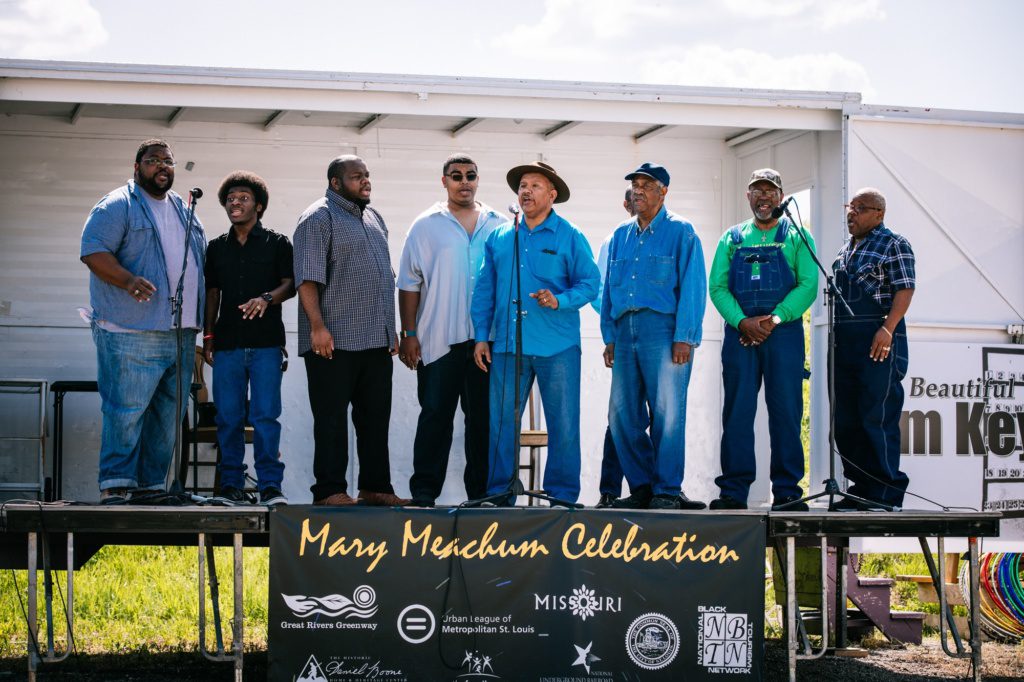As a major city in a slave state just across the Mississippi River from the free state of Illinois, St. Louis was a pivotal point in the Underground Railroad.
On the night of May 21, 1855, in the area that is now part of the Mississippi Greenway: Riverfront Trail north of the Merchant’s Bridge, Mary Meachum attempted to help a small group of enslaved people cross the Mississippi River to Illinois where slavery was outlawed. However, enslavers and law enforcement officials caught at least five of the enslaved people and arrested Mary for her participation in the plot. She was charged in criminal court for helping the “fugitives” escape. In 2001, the National Park Service recognized the site as part of the Underground Railroad Network to Freedom.


